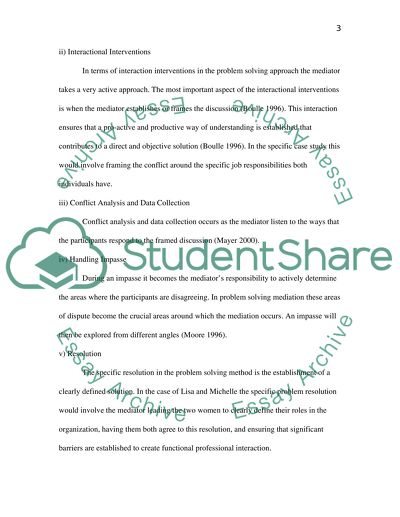Cite this document
(“Mediation Model Analysis Essay Example | Topics and Well Written Essays - 1500 words”, n.d.)
Retrieved from https://studentshare.org/psychology/1446742-mediation
Retrieved from https://studentshare.org/psychology/1446742-mediation
(Mediation Model Analysis Essay Example | Topics and Well Written Essays - 1500 Words)
https://studentshare.org/psychology/1446742-mediation.
https://studentshare.org/psychology/1446742-mediation.
“Mediation Model Analysis Essay Example | Topics and Well Written Essays - 1500 Words”, n.d. https://studentshare.org/psychology/1446742-mediation.


